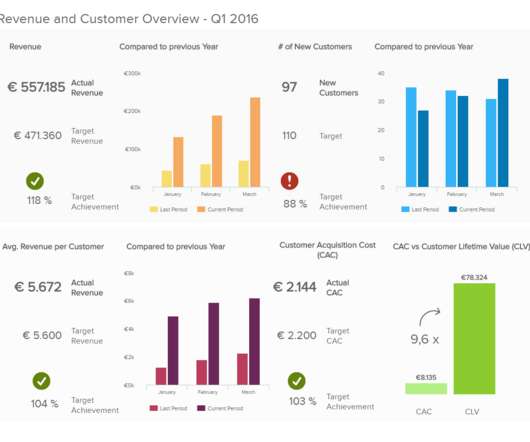Why Data Driven Decision Making is Your Path To Business Success
datapine
APRIL 16, 2019
By leveraging the wealth of digital insights available at your fingertips and embracing the power of business intelligence , it’s possible to make more informed decisions that will lead to commercial growth, evolution, and an increased bottom line. 10 Tips And Takeaways For An Enhanced Data Driven Decision Making Strategy.













Let's personalize your content